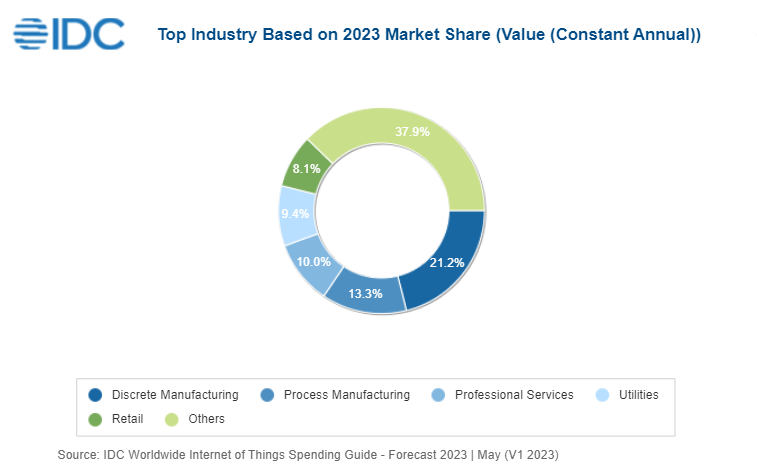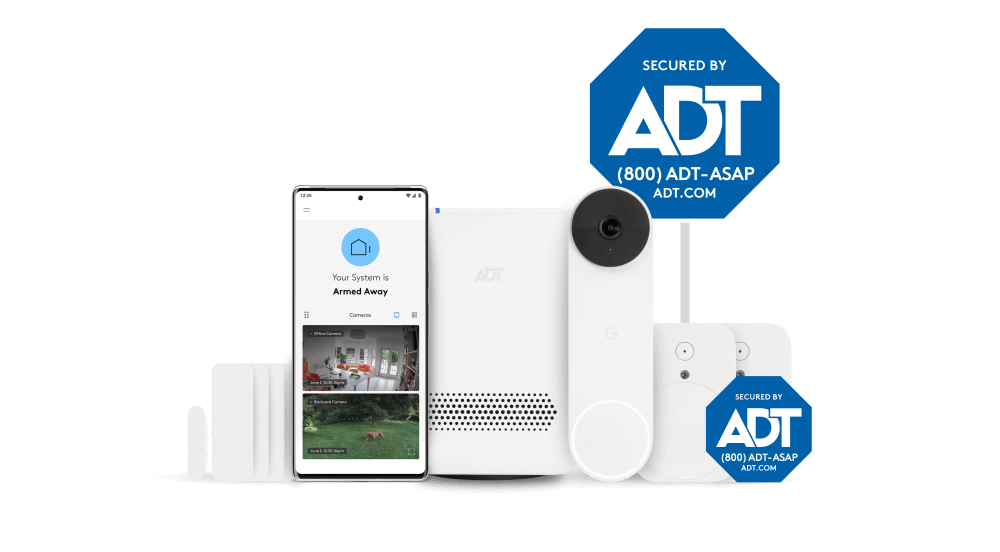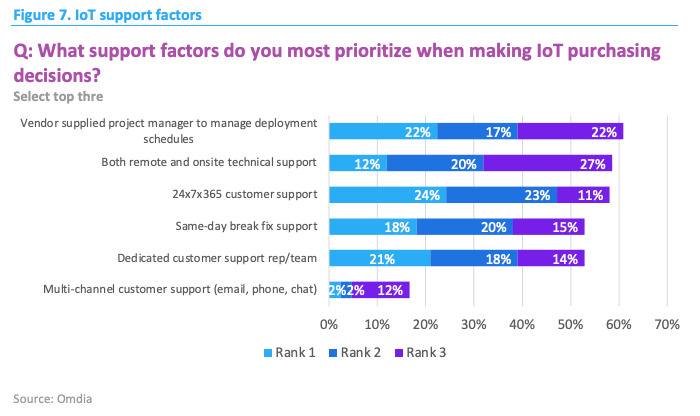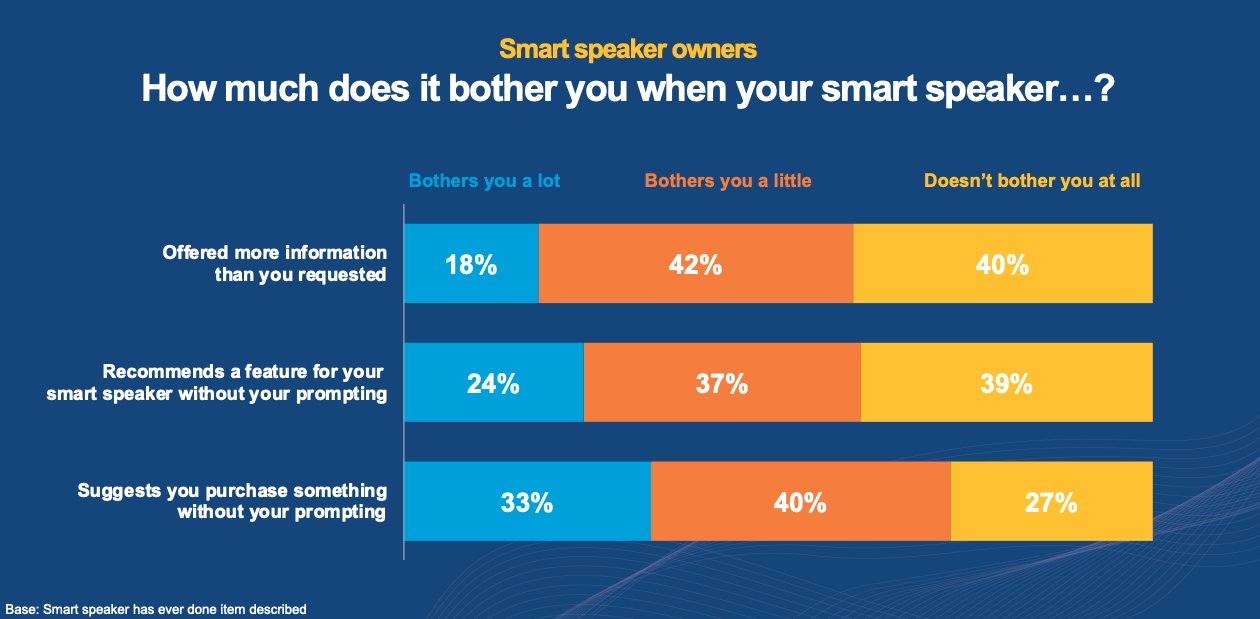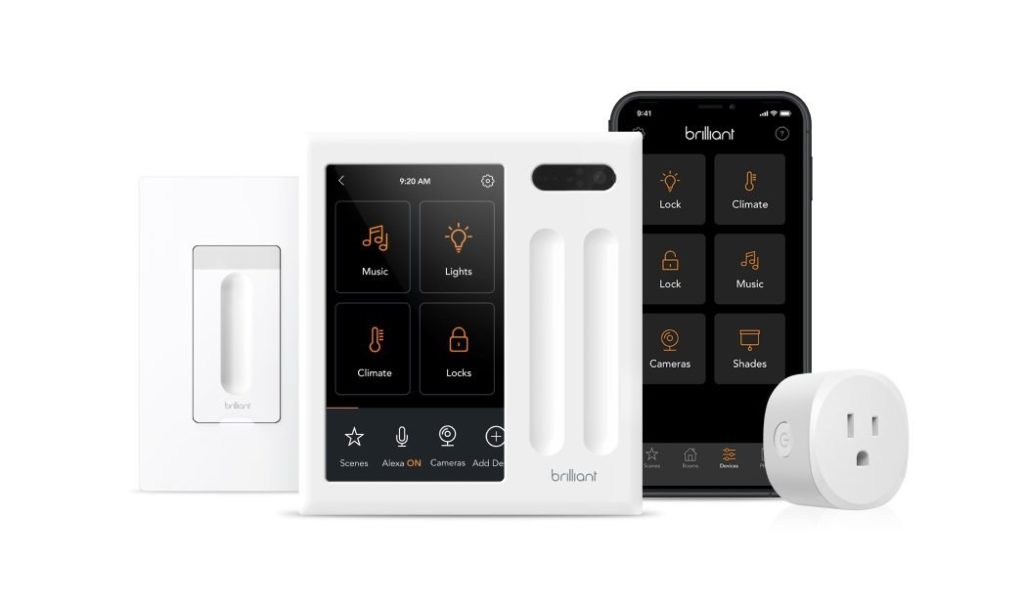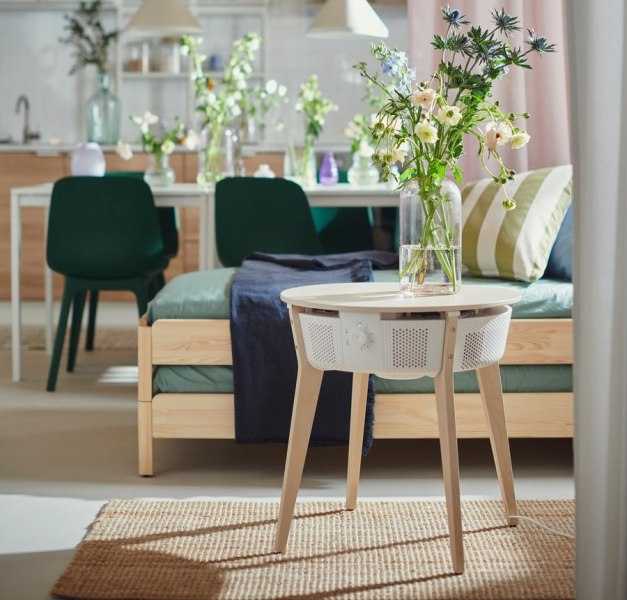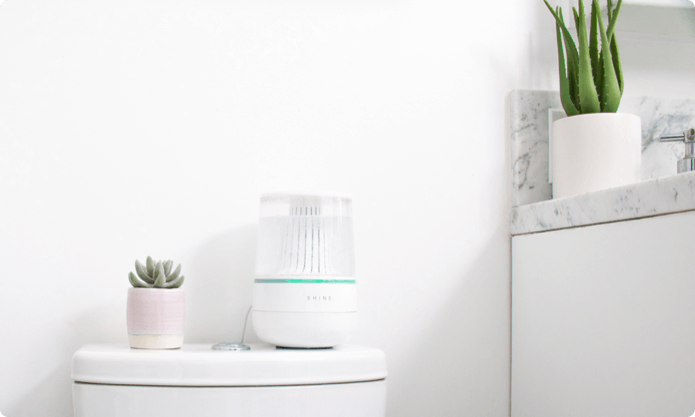This week’s show kicks off with a surprising revelation from Kevin, who has decided to swap out his smart home platform. He explains his choice, which also may represent a theme of sorts, as we see more and more high-end smart home hubs hit the market. We discuss the HOOBS Pro device and the Homey Pro, both of which cram a bunch of different radios into one powerful box. Then we talk about California’s Privacy Protection Agency and its decision to investigate how connected car companies are using consumers’ data. Do connected car companies violate California’s 2018 privacy law? After that we dig into a new report about the troubles facing OT and IT security professionals, and marvel over a water-soluble PCB board that might help address some of the challenges associated with e-waste. The board isn’t destined for large scale production or IoT devices yet, but we applaud any effort to bring more easily recycled electronics to the market. Finally, we hear from Signify’s CEO that the maker of Philips Hue devices is planning a video camera for a home security offering. We close the first segment with a pair of comments from our listeners responding to last week’s question about turning off lights using a sensor.
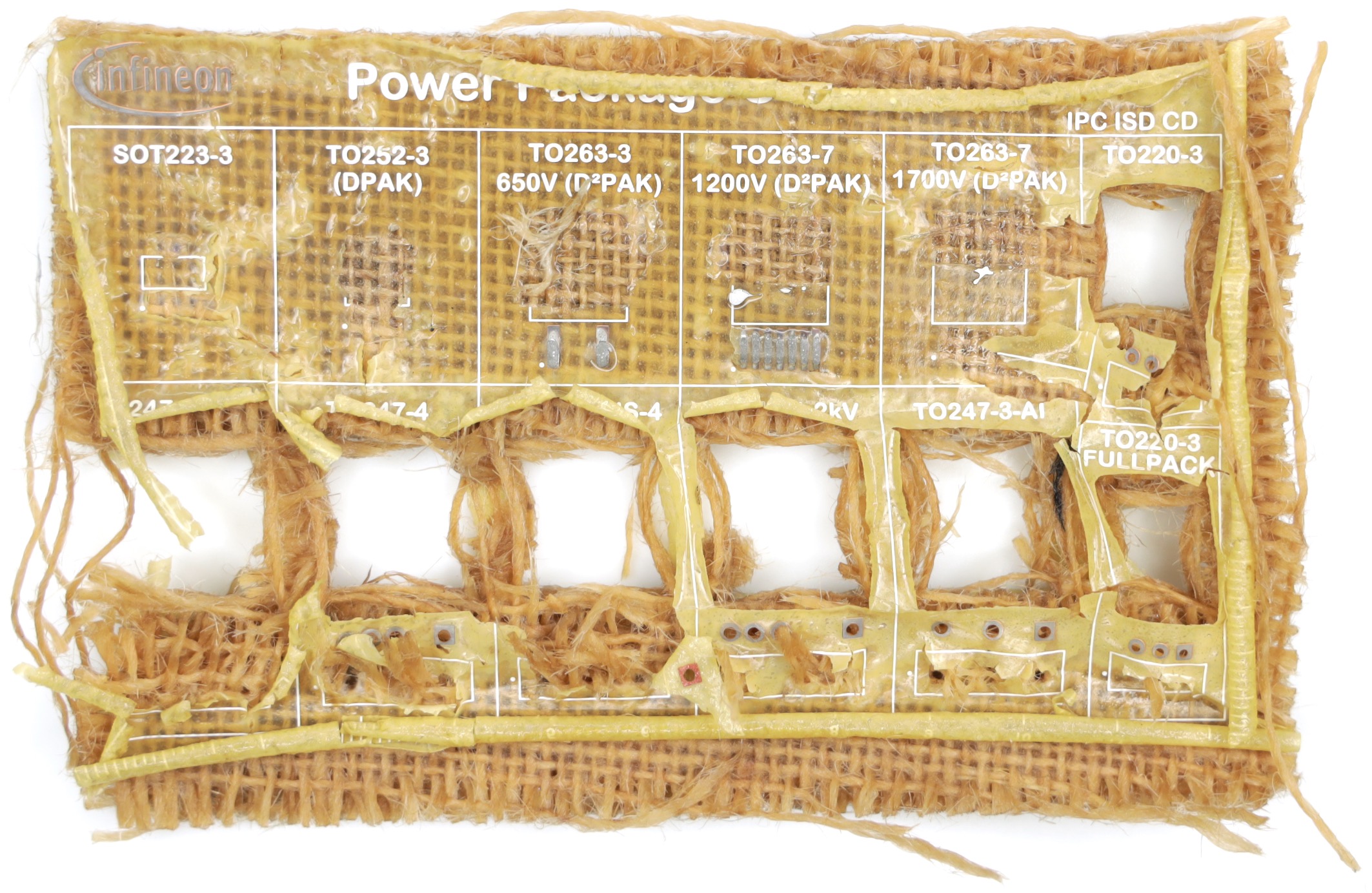
Our guest this week is Alexis Susset, the CTO of UnaBiz. He’s on the show to explain the value of Low-Power Wide-Area networks and Unabiz’s plans to offer many LPWANs under one roof. He shares how the acquisition of Sigfox’s assets last year helped give Unabiz the credibility it needed to create deals with other LPWAN providers to share their networks. He also does a deep dive into the pros and cons of various available LPWAN technologies such as Sigfox, LoRaWAN, and cellular. Finally, we talk about the rise of satellite networks for IoT devices and whether or not we’ll need any more LPWAN technologies in the near future. Enjoy the show.
Hosts: Stacey Higginbotham and Kevin Tofel
Guests: Alex Susset, the CTO of UnaBiz
Sponsors: Wilderness Labs and Skyhawk
- Kevin switches to Home Assistant, and even his wife likes it
- Hubs are back, baby
- Criminals are still hacking enterprise networks and critical infrastructure
- How Sigfox helped UnaBiz make deals with other LPWAN providers
- Why IoT devices might benefit from specialized satellite
Podcast: Play in new window | Download | Embed
Subscribe: RSS

